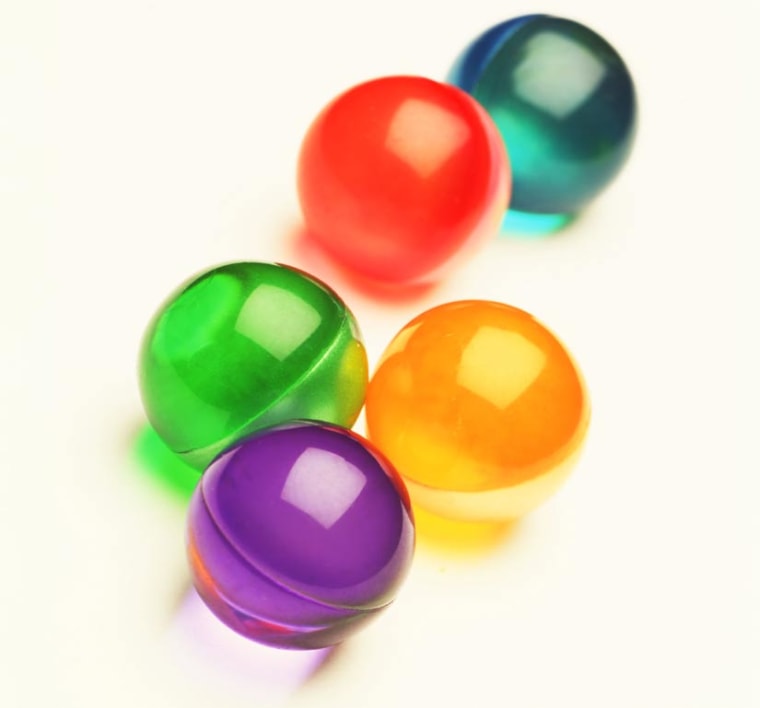You might not run faster or jump higher with shoes soled in new super rubber, but they could save your knees and eventually power your iPod.
Japanese scientists have created a new kind of carbon-based rubber that can withstand extreme temperatures. This new super rubber could be used in everything from electricity-generating sneaker soles to spaceships traveling to distant moons.
"These properties are totally new and unique and have not previously been shown by any materials," said Ming Xu, a scientist at the National Institute of Advanced Industrial Science and Technology in Japan. Xu and his colleagues' research was published today in the journal Science.
Like foam earplugs or ordinary rubber, the new carbon nanotube rubber is part of a class of materials known as viscoelastic materials. These are materials that can be twisted, punched, rolled, kicked, stretched and bent — yet return to their original shape.
Under everyday conditions these materials work just fine; they protect delicate eardrums from loud noises and help keep cars on the road. But if you freeze materials like foam ear plugs or rubber with liquid nitrogen or expose them to high heat, like the Japanese researchers did with their new super rubber, these everyday materials will either shatter on contact or melt away.
The new material doesn't shatter or melt, even under temperatures far, far beyond what rubber could endure.
"Even at 1,000 degree Centigrade when aluminum will melt and steel will soften," the new material keeps its shape, said Yury Gogotsi, a scientist at Drexel University who wrote an accompanying Perspective in Science about the research.
The same goes for extremely cold temperatures. "Any rubber or polymer in general will become brittle" under very cold conditions and could break, said Gogotsi, "but the nanotube rubber will keep bouncing."
That huge range of temperatures means the new material could be used in everything from spacecraft to car shock absorbers, said Roderic Lakes, a scientist at the University of Wisconsin who studies viscoelastic materials. Spacecraft equipped with this material could withstand the intense cold of Jupiter's largest moon, Titan, said Gogotsi, or the heat of the sun in space, said Lakes.
Back on planet Earth, the new material could improve shirts and shoes, said Gogotsi. A shirt left on the bedroom floor creates small folds in the fabric. Leave the shirt there long enough and those folds become wrinkles that can be difficult to remove. Pick up a wrinkled shirt made with carbon rubber, however, and the fibers would return to their original shape.
A shoe with a sole of super rubber would not only save a person's knees from wear and tear, it could also help consumers save a little on their electric bill.
Unlike insulating rubber and foam earplugs, the carbon nanotubes that make up the new material conduct electricity, said both Lakes and Gogotsi. Placed in a shoe or a car's shock absorber, the material could eventually harvest and even store electricity generated from a quick walk around the block or a bumpy late night drive to the supermarket.
There is a catch though; carbon nanotube-based rubber is expensive and won't be available to consumers for a while. "It was fairly simple to make," said Xu, but "manufacturing on a large scale has not yet been developed."
